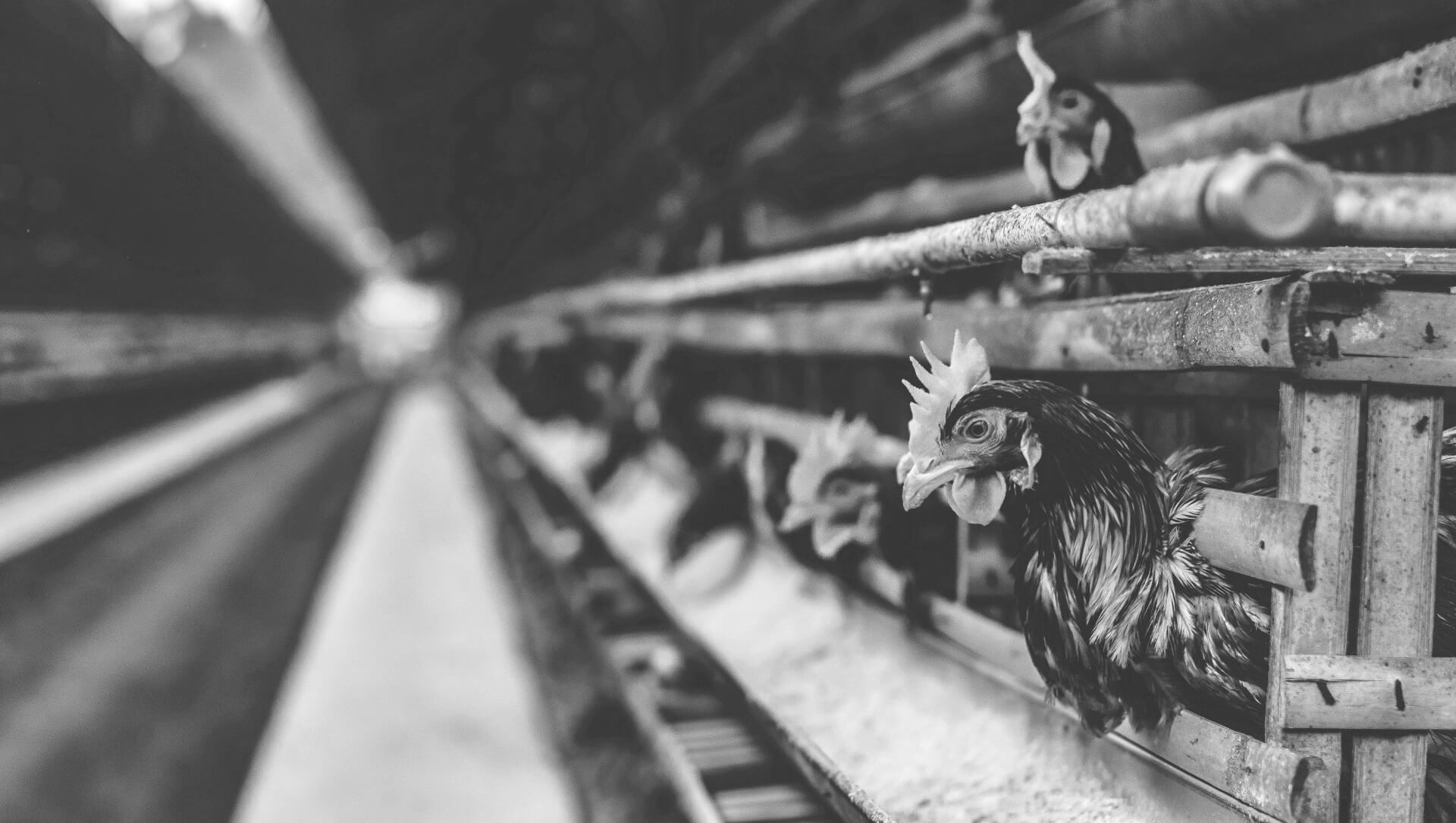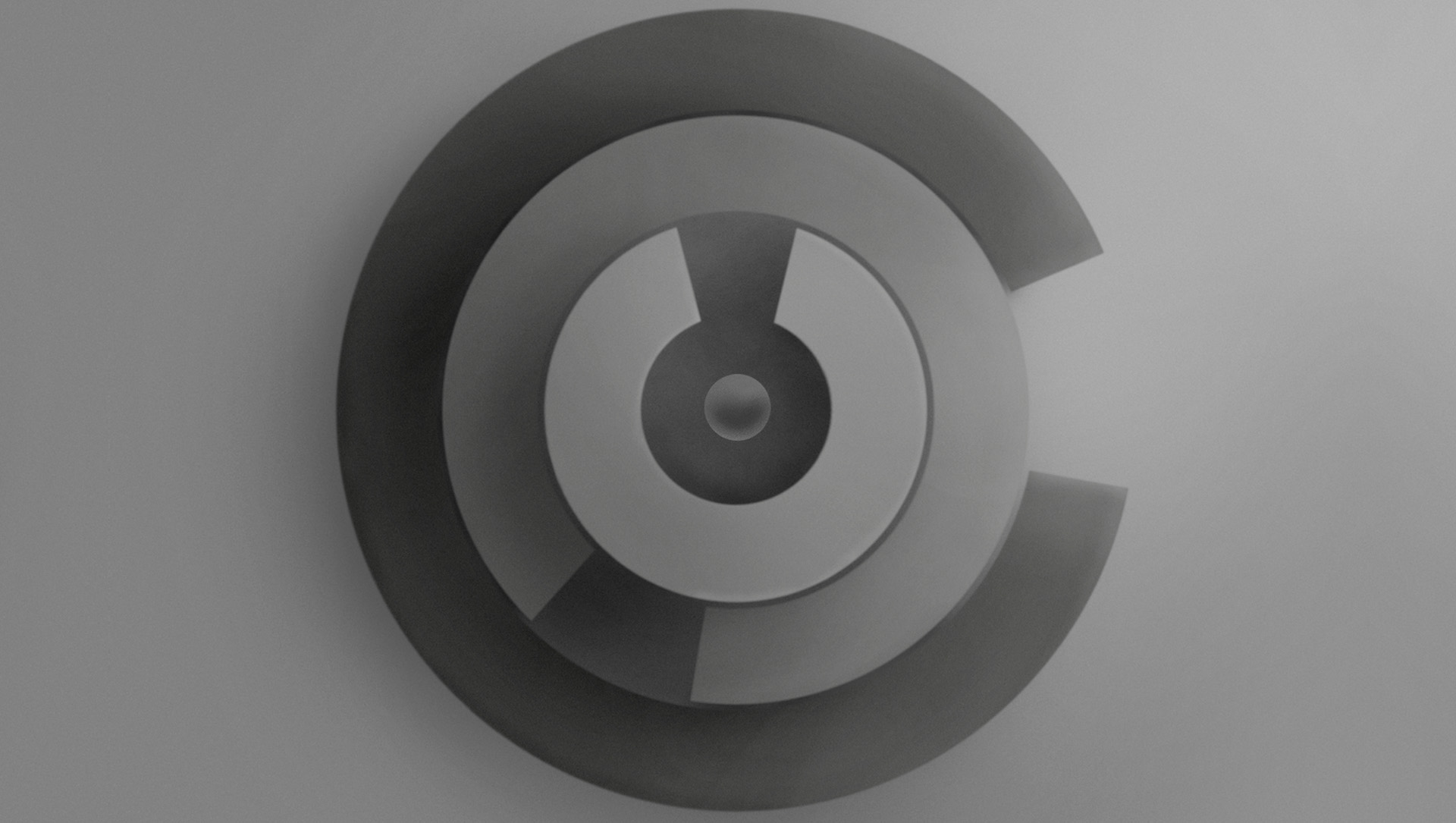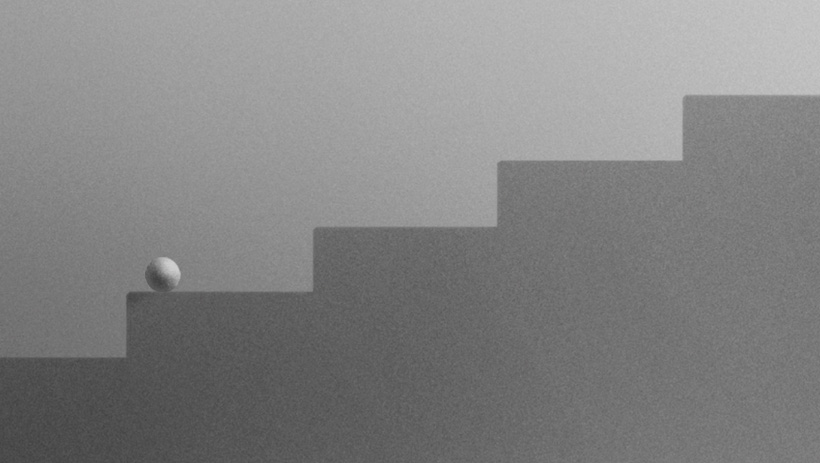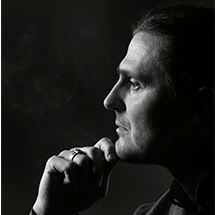4. The practice of pranayama — retention of prana — according to LD, corresponds to the level of throat, which is responsible for both the expression of the form and the form of expression. This practice is carried out already in the area of Air, and for it the skill of “firmness” is required. In his practice of pranayama, the yogi mounts the prana awakened in the asana and holds it with his attention. By controlling the prana and maintaining a certain rhythm and quality of his breath, he then rises with his attention higher. Now he is guided by the principle of hierarchy, and he is given his throat as a tool for the natural descrimination of levels of various planes of existence. By controlling the breath and prana, the yogi in his consciousness ascends to the level of subtle feelings located on the face in a hierarchical manner.
5. The practice of pratyahara — the distraction of the senses from external stimuli — according to LD, corresponds to the level of the face, where, in fact, all the sense organs responsible for perception are located. The perception channels on the face are arranged hierarchically in the sphere of the subtle elements of Air. This means that for the practice of pratyahara, the highest instrument is used — hearing, thanks to which the yogi can listen to the most subtle and highest essences of the higher reality, while all underlying feelings will be drawn from external reality inwards and then follow the hearing into the higher reality — into their most subtle state.
6. The practice of dharana — concentration — according to LD, corresponds to the level of the crown, or rather, the human mind, focused on the higher essence. It still belongs to the Air environment, as it is connected with the essences of thoughts and meanings, among which the yogi with his mind distinguishes his highest luminous essence.
7. The practice of dhyana — absorption by the highest state of consciousness — according to LD, corresponds to going beyond the mind into the etheric environment where higher luminous essence exists. This process is accompanied by a refinement of perception until any movements of the mind are completely dissolved and absorbed by the transcendental state of consciousness. In the LD matrix, this level is the lowest in the matrix of the higher transcendental world, indicated by the function “Giving”, that is, sacrificing oneself to the Supreme and giving away to the world left behind everything that should remain in it, and that the yogi should not take with him over into the world of Light.
8. The practice of samadhi — self-aware consciousness — corresponds in LD to the second lowest level of the transcendental world, designated by the “Taking” function. At this level, the liberated observer gets the experience of dissolving in the source of Light.
FINDINGS
1. The AY approach is intended mainly for the spiritual development of an individual, as it lies entirely in the upper, spiritual half of his life range. This shows us the purpose of yoga higher than solely health, longevity and joy of life. Although, indirectly, yoga can still have a significant effect on human health, contributing to moderate eating habits, refraining from sensual pleasures, stress level reduction, shift of attention to higher and more harmonious aspects of life.
2. AY is intended to focus a individual's life first in the natural inner reality of forces, and then, step by step, to bring him out of the inner into the higher reality of knowledge, consciousness and mind, that is capable of discerning a higher essence outside this world — in a fractally higher world of Light.
3. Knowing the correspondence of each limb of yoga to the functional level of the human body can significantly improve yoga practice and allow to better understand the AY approach. In particular, this will help to remove often encountered erroneous belief that one should not move to the higher levels of AY until all of its lower levels have not been mastered to perfection. All levels of the human body are necessary for his life, and none can be excluded, under the pretext that the individual is not yet ready to function on it.

The potential of any individual is naturally concealed from him or her. Will our potential develop fully, or partially? Will it develop in a standard way, or will it take a very personal pattern?

Description of the method for individual counselling based on the LiveDevice approach

On the basis of what systemic measures, or principles, could the concepts of continuous education and lifelong personal development be built?
